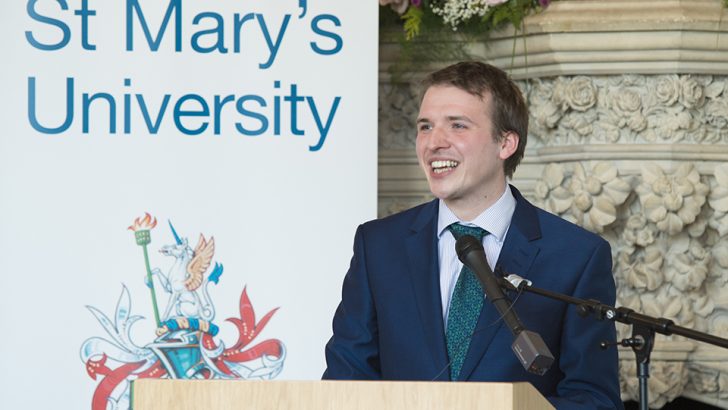With the abuse crisis continuing to rock the Church at its highest levels, some thoughtful material is starting to be produced online grappling with the issues of abuse and concealment.
Commonwealmagazine.org has published one of the most insightful and impassioned pieces in James Heaney’s article ‘Our myth, their lie’.
“Ten years ago, I believed a myth,” he begins. “In the beginning, there was Vatican II. It was good but messy, and the Bad Catholics hijacked it to undermine doctrine. They took over seminaries and turned them into cesspools where heresy was mandatory and depravity rampant. Then Pope John Paul II came along. He drove out the Bad Catholics and cleaned up the seminaries.
“Too late! The Bad Catholics had already committed terrible crimes, which were covered up without the Pope’s awareness,” he continues. “In 2002, their abuses exploded into public view, and the JPII Catholics got blamed for crimes committed by a dying generation of clerics. The JPII bishops took it on the chin, but they fixed the problem with the Dallas Charter.
Horrors
“Then Benedict XVI, the great theologian, appointed orthodox bishops who would carry forward the renewal. The horrors of the Scandal were behind us. The two primordial forces of the postconciliar church, orthodoxy and heresy, had fought a great battle, and orthodoxy had been vindicated,” he writes, before showing in spectacular fashion just how wrong this essentially American narrative of the Church reform has proved to be.
Looking at the experiences of his own diocese, he says events have shown that bishops’ theological leanings proved utterly irrelevant to the question of whether or not they would tackle abuse.
“We’d believed there were two sides in the Church: orthodoxy and heresy. We often cheered for the clerics on our ‘team’ and booed the other guys. But we were wrong. Everyone in the chancery was working together…against us,” he writes, scorning claims of ‘lavender mafias’ and such and observing that the only consistent pattern was that “the closer they were to power, the more my shepherds collaborated to keep the sheep deaf, dumb, and victimised”.
Reflecting on what factors in clerical culture and Church structure might have helped catalyse abuse, and what might need to change, this is a remarkable article.
*****
While Heaney’s article is important, it’s worth reading too Prof. Stephen Bullivant’s blogpost at stmarys.ac.uk arguing ‘Why “Catholic exceptionalism” won’t help solve the abuse crisis’. Prof. Bullivant runs through recent investigations around Pennsylvania State University, the BBC, and Chicago’s public school system, and observes that most purported answers to clerical abuse tend to fixate upon ways the Church is unique.
Conceding that these distinctive features may well have contributed to the problem, Prof. Bullivant expresses scepticism that they can explain it, noting that “it seems to me to be dangerously – genuinely dangerously – misguided to suppose that all or even most of the Catholic problem must be due to more-or-less uniquely Catholic factors.
“After all,” he says, “college football teams, state-funded broadcasters or school staff rooms are not obviously examples of organisations committed to, say, mandatory celibacy or a particular hermeneutical approach vis-a-vis Vatican II.”
*****
The digging continues – Francis will be pleased!
Flying home from Rome, asked about Archbishop Carlo Maria Viganò’s allegations relating to erstwhile Cardinal Theodore McCarrick, Pope Francis urged journalists to do their job and dig into the subject.
The work continues, with some of the more interesting recent pieces being the publication – again at commonwealmagazine.org – of Fr Boniface Ramsey’s ‘The case of Theodore McCarrick: a failure of fraternal correction’, and Robert Duncan’s fascinating catholicnews.com piece ‘Former nuncio to US heard rumours of McCarrick misconduct in 1994’.
Inviting the question of who knew what when, it’s worth reading these in conjunction especially with Andrea Tornielli and Salvatore Cernuzio’s ‘Vatican insider’ lastampa.it piece ‘McCarrick, Benedict’s first request (and not sanction) in 2007’, Cardinal Marc Ouellet’s open letter to Archbishop Viganò, as published for example at vaticannews.va, and Elise Harris’s cruxnow.com piece ‘Long a lightning rod, Sodano figures in McCarrick/ Viganò saga too’.


 Greg Daly
Greg Daly Prof Stephen Bullivant
Prof Stephen Bullivant 